Religion: Talmud
Abortion: Halakhic Perspectives
While halakhic discussions about abortion largely excluded the arguments and perspectives of women, in general poskim (decisors) determined that a woman’s life takes priority over the life of the fetus. Halakhic perspectives have explored the point at which the fetus is considered a human and taken the mother’s physical and psychological health into account in determining her right to abort.
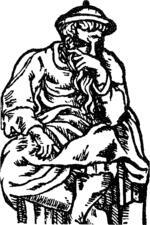
Akiva, Rabbi
Rabbi Akiva was an important interpreter and teacher of Jewish laws of the Tannaitic period (ca. first-third century C.E.). He was particularly groundbreaking in his teachings regarding women’s standing and sexual and marital relations, recognizing women as deserving of human dignity.
Baraita de-Niddah
A rabbinic text about the ritual laws relating to menstruation, Baraita de-Niddah has a mysterious origin and an unknown impact on the interpretation of Jewish law about menstruation.
Rayna Batya Berlin
Rayna Batya Berlin was a Lithuanian woman committed to religious study who argued that women should be able to study the Torah and the Talmud. The only source of her life was written by her nephew, who describes her frustration with her subjugated status in her community and how she generally suffered in silence.

Beruryah
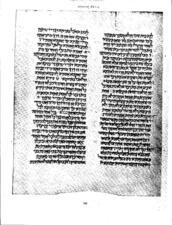
Bet Hillel and Bet Shammai

Concubine of a Levite: Midrash and Aggadah
The story of the concubine at Gibeah, who is murdered when her husband sends her out to a crowd of Benjamites, is one of the most shocking narratives in the Bible. The rabbis do not blame the unnamed woman for her fate and the ensuing crisis, instead placing the blame at the feet of the Levite and the leaders of Israel.
Contraception
One of the major Jewish sources dealing with contraception is Tosefta Niddah. As with the issue of abortion, the more public the debate about contraception became over time, the more some rabbinic authorities attempted to usurp women’s control over their bodies.
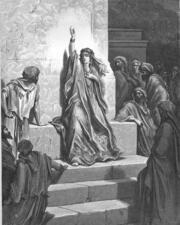
Deborah 2: Midrash and Aggadah
Deborah, one of the most extraordinary women in the Bible, is presented as an extremely righteous and praiseworthy woman in rabbinic literature. Though some traditions criticize her pride, perhaps wary of how she transgressed gender norms, most of the rabbinic texts about Deborah are filled with praise.
Divorce: The Halakhic Perspective
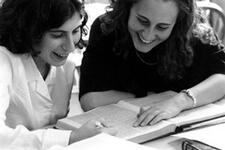
Drisha Institute for Jewish Education
Drisha was founded in 1979 to provide women with the opportunity to study Talmud and other Jewish texts. It has since expanded to serve students of all genders. Drisha is officially nondenominational but has served as a cornerstone of the Orthodox feminist movement. It has been joined by a number of liberal observant New York institutions that promote intense engagement with Jewish text and observance for women and men.
S. Deborah Ebin
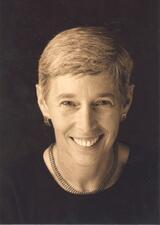
Sue Levi Elwell
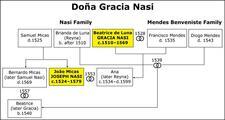
Entrepreneurs: From Antiquity Through the Early Modern Period

Eve: Midrash and Aggadah
Eve’s character is posited to be that of the original and quintessential woman. The Midrash interprets her traits as representative of the negative aspects of femininity. Eve’s punishment for her sin is also tied to the traditional ideas of the fundamentals of womanhood – childbirth, pregnancy, and male spousal domination.
Female Personalities in the Babylonian Talmud
Female Purity (Niddah)
Halakhic practice for Niddah, or female purity, is based on a harmonistic reading of Leviticus 12,15, 18, and 20. The laws of female purity have been historically used to determine the status of women in a patriarchal society.
Feminine Images of God
Jewish scripture includes few examples of a feminine or woman-personified God. The Hebrew Bible contains limited references to a female personification of God; God is usually explicitly described as a man. Medieval and contemporary theology have largely rejected the idea of divine gender, but some modern feminist theologians have interpreted texts to draw comparisons to the feminine experience.
Gender Identity In Halakhic Discourse
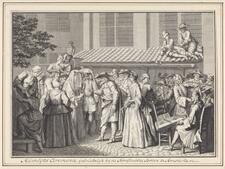
Halakhic Decisions on Family Matters in Medieval Jewish Society
Across the medieval Jewish world, rabbis used takkanot (rabbinic decrees) to address urgent needs in family life among their Jewish communities. These takkanot are key historical sources for understanding the changing roles of women in the medieval Jewish world.

Hannah Mother of Seven
The mother of seven is a nameless figure from II Maccabees who was arrested and died along with her seven sons for defying the decree of the Seleucid monarch to transgress the commandments of the Torah. Her death is retold in rabbinic and medieval literature, where she is named both Miriam and Hannah.
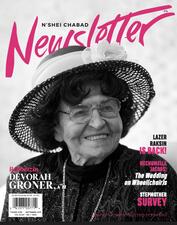
Hasidic Women in the United States
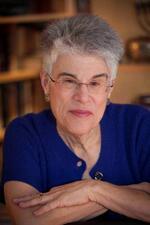
Judith Hauptman
The first woman to receive a PhD in Talmud, Judith Hauptman has made significant contributions to the academic study of the origins and development of the works of the “canon” of rabbinic literature of Late Antiquity. A second prominent focus of both Hauptman’s scholarly and other work has been Jewish feminism and the status of women in rabbinic and related literature, particularly exemplified in her best-known work, Rereading the Rabbis: A Woman’s Voice.
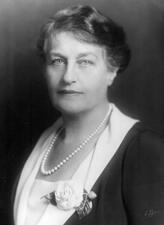
Hebrew Teachers Colleges in the United States
Jewish education in the United States was always the preserve of women on the “front lines” and in the classroom. In the early days of these programs, men “ran the show,” but beginning in the mid-twenteith century, women began to take on increasing roles as faculty members and administrators. In the early twenty-first century, women ascended to leadership positions in these institutions.


